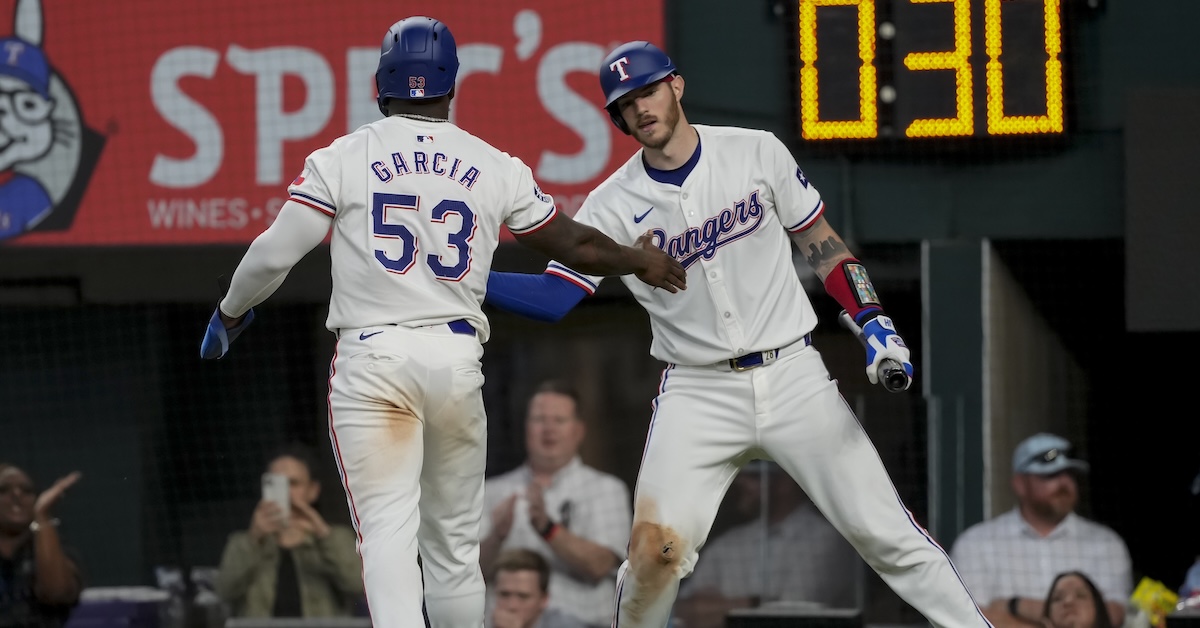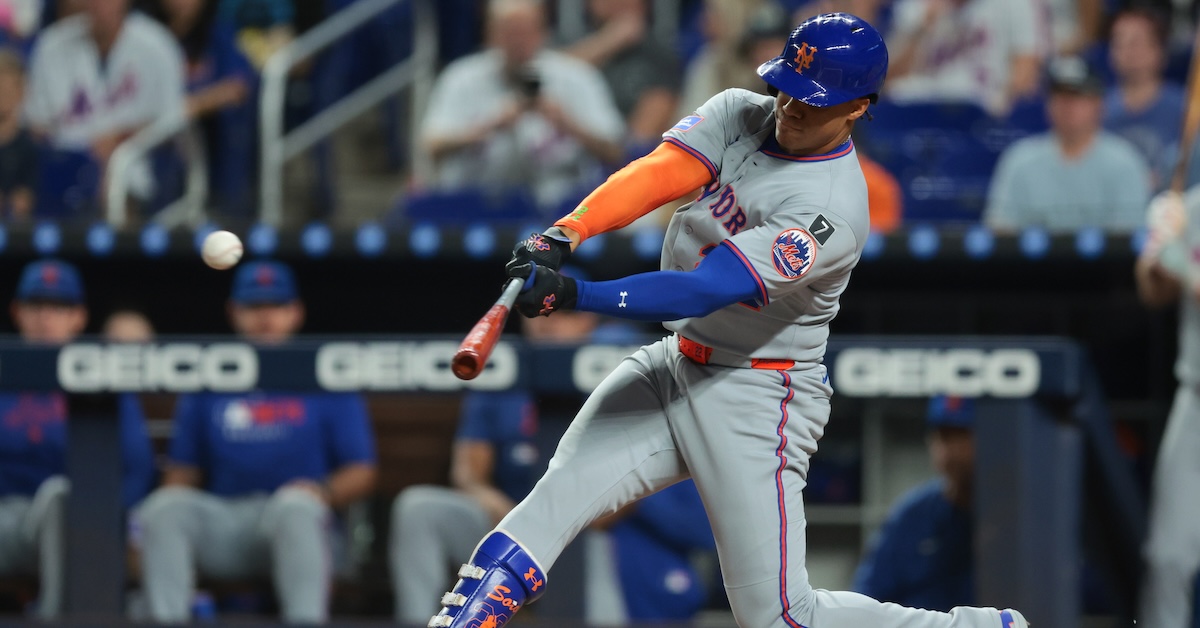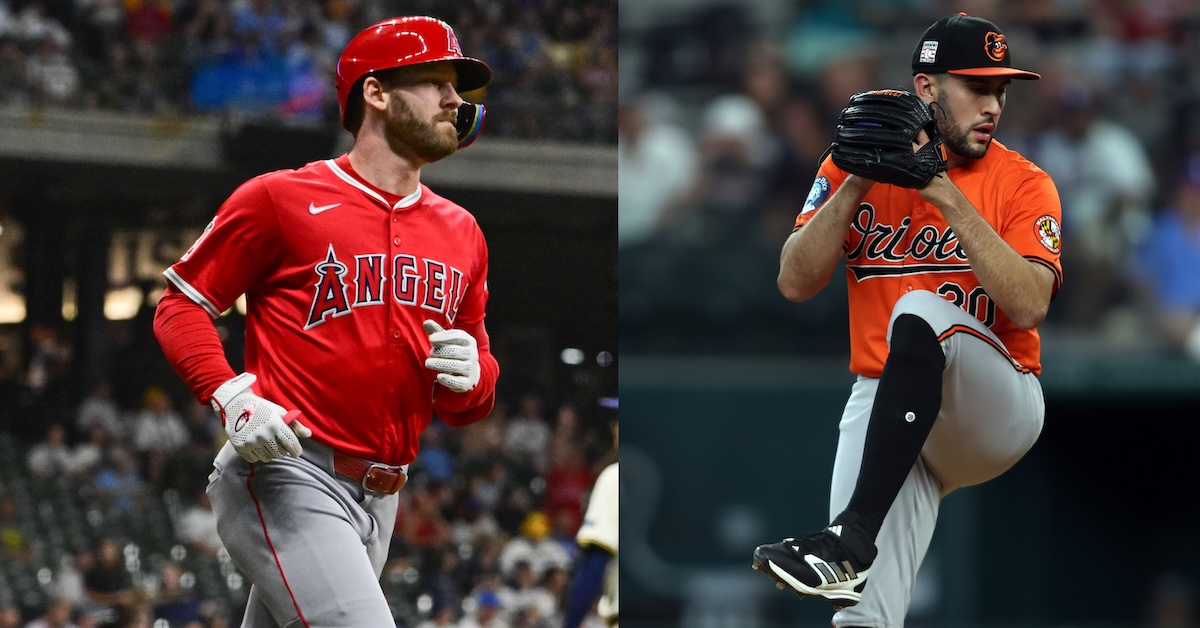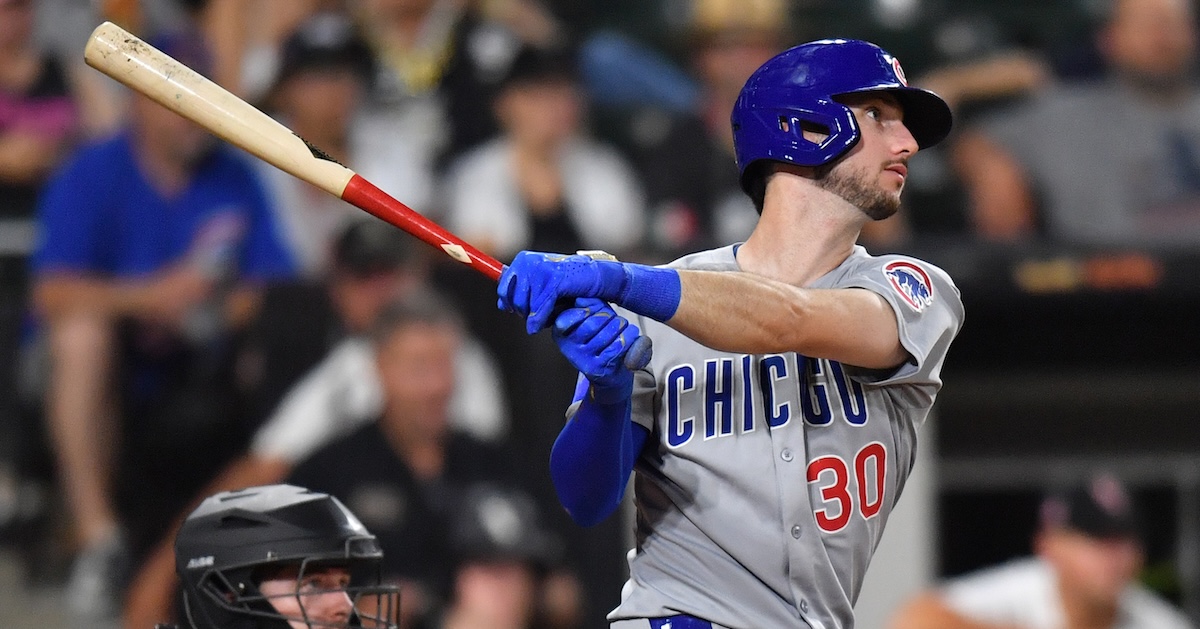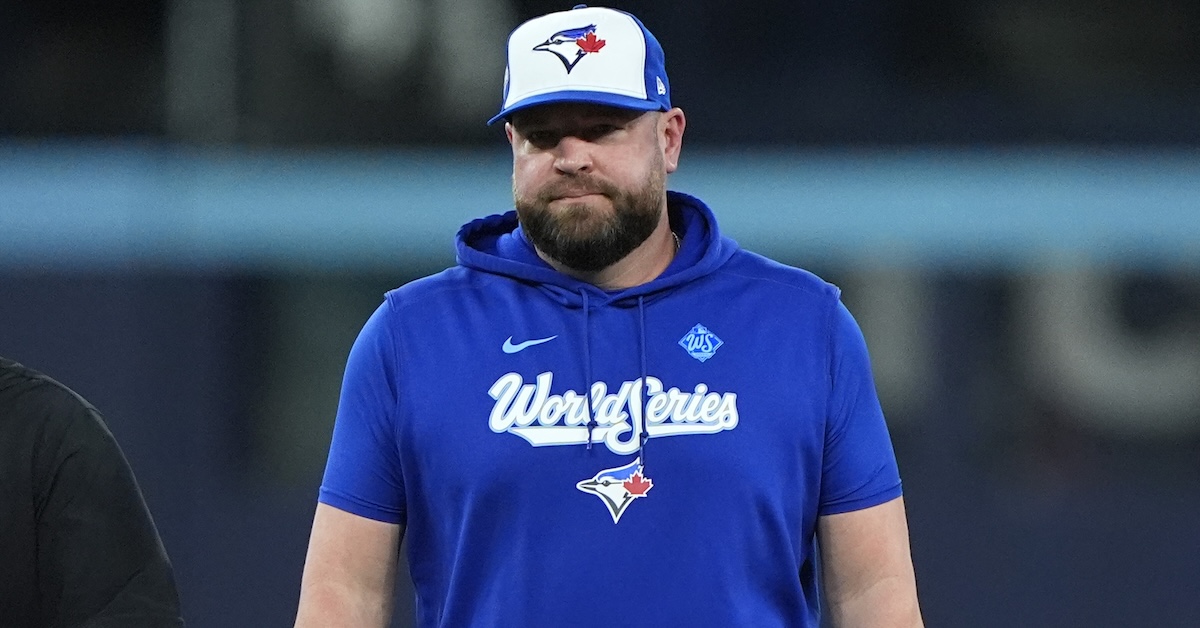How Productive Were Those Outs?
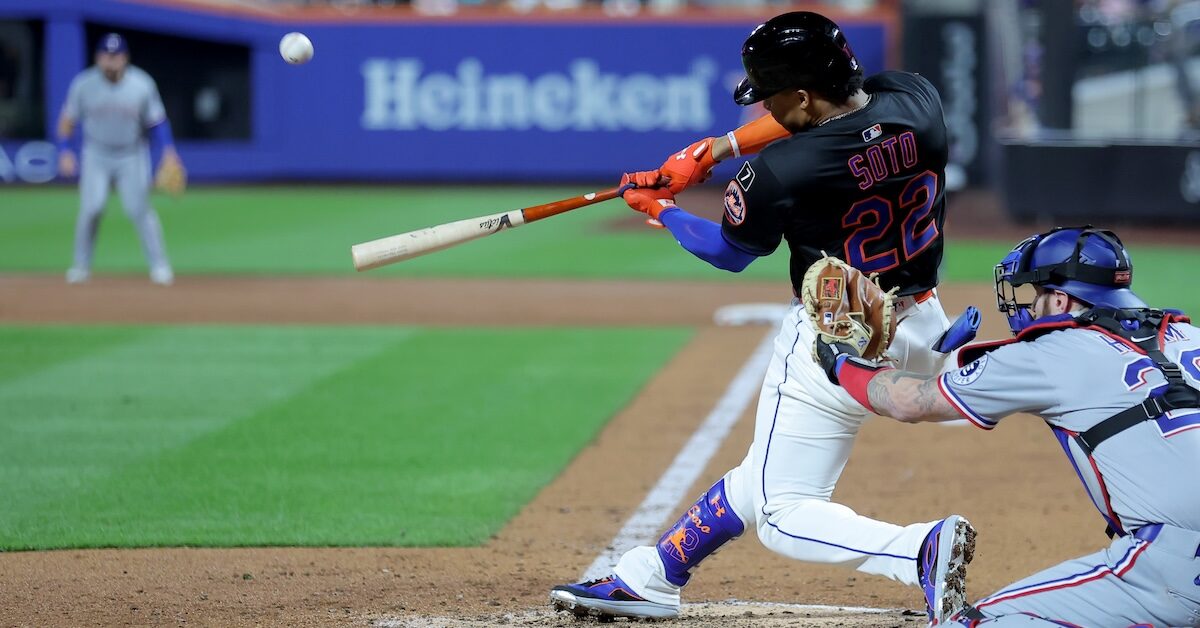
I’ve long been interested in measuring the value of making an out. Different outs count differently, and yet pretty much every baseball statistic you can imagine ignores that fact. I’m not just talking about advanced ones like wRC+ or wOBA, though those do indeed treat all outs as equal. I’m talking about basic things like batting average, on-base percentage, and slugging percentage. No one says, “Well, he batted .320, but some of those outs were in bad situations, so it was more like batting .313.” That’s not how we think about offensive statistics.
But just because we don’t count outs differently doesn’t mean that they all have the same value. This is obviously true. Striking out with a runner on third and fewer than two outs is a tragedy. Hitting a run-scoring groundout in the same situation gets the batter a long series of fist bumps back in the dugout. But when it comes to wRC+ or batting average, that distinction doesn’t show up.
There are good reasons for existing statistics to work the way that they do. Batters don’t control who’s on base and how many outs there are when they come to the plate. They don’t control whether there are fast runners on base, or whether the outfield has arms so weak that anyone could score from third base on a fly ball. In the same way that a home run is a home run is a home run, statistics that try to measure batter skill treat all outs the same. But still… I wanted to know more. Read the rest of this entry »

